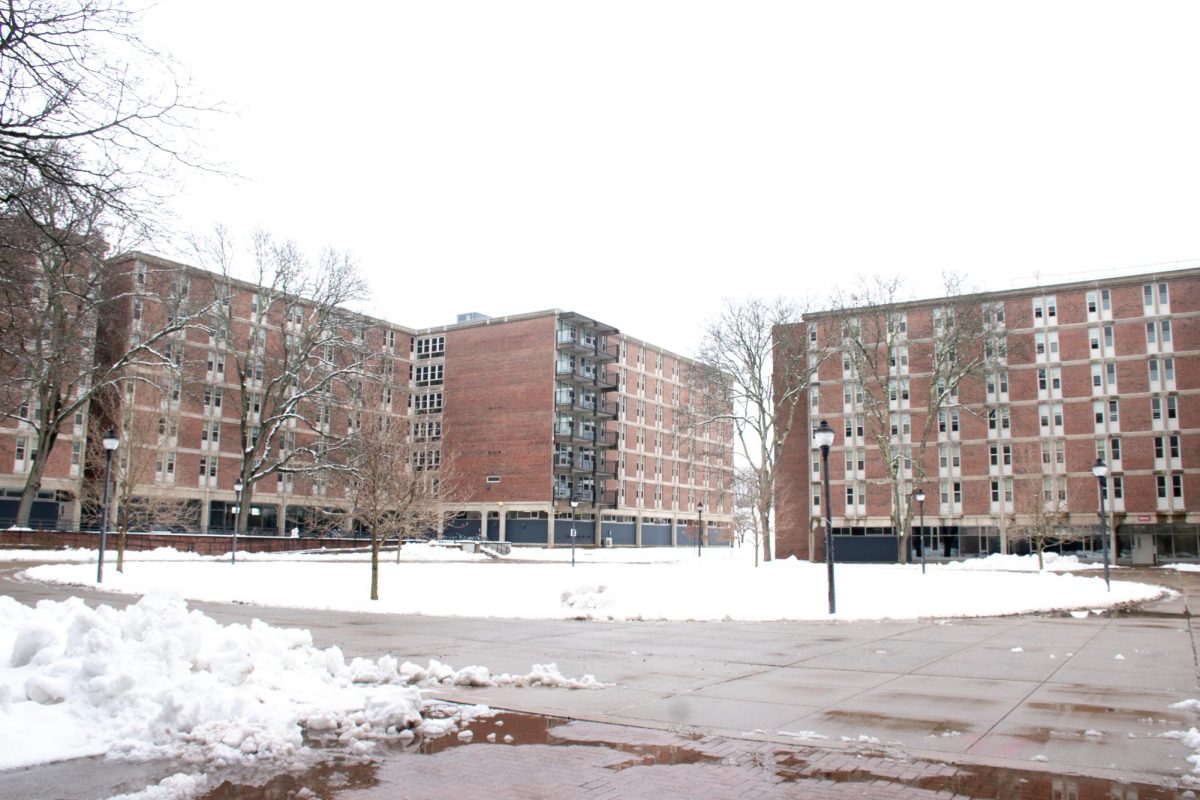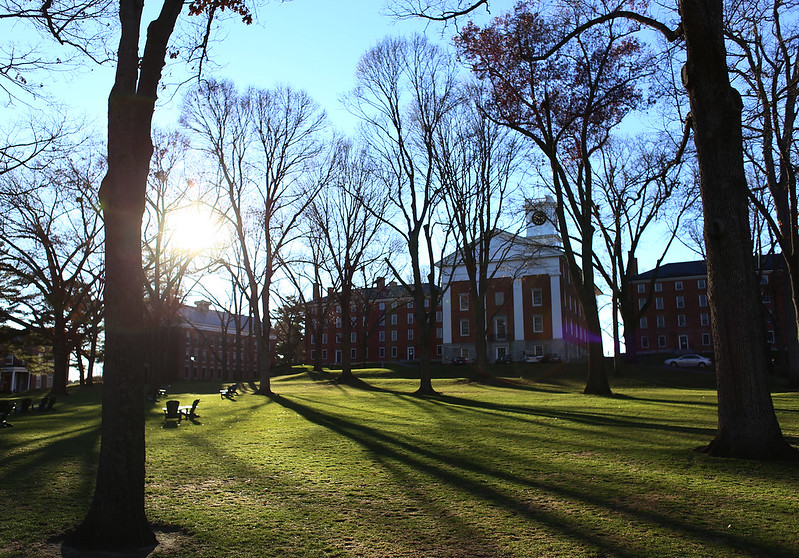If there is one thing all University of Massachusetts students can agree on, it’s that this school has admitted way too many students year after year. How do we fix a problem that is more persistent than our football team’s losing streak? The most effective answer is the most obvious one: cap UMass’ enrollment. Fortunately, a recently introduced Student Government Association bill recommending an enrollment cap is making that possible.
It would be one thing if UMass steadily accommodated its growing student population with enough new housing, dining space and classrooms, but it hasn’t. Instead, UMass’ crisis of over-enrollment has been painfully obvious for years.
One student has argued the University should have redirected some potential students to other UMass schools like those of Lowell and Boston. Granted, this is easier said than done. Because Massachusetts’ government has invested so much more in UMass Amherst compared to the other UMass campuses, it can continue to admit more students than it can handle with no consequences.
Year after year, the administration has refused to take responsibility for its students’ welfare. If we ever hope to end UMass’ overcrowding and its dire consequences for everyone, we must use our power as students to force the administration to do so. If the University got away with cheating 900 students out of housing last Spring semester, what’s stopping them from doing the same thing this semester?
With momentum building for UMass’ Student Government Association to study and pass an enrollment cap on the University, we have a new chance to fix this problem.
The devil is in the details: how exactly would an enrollment cap work? What metrics should we use to determine the amount required to sufficiently cap enrollment? Should we lower the total number of students to the past level of a certain school year or correlate it more closely to housing availability? These are just a few of the complicated questions that come with an enrollment cap.
Given the neglect of other UMass universities relative to UMass Amherst, capping UMass’ enrollment – or allowing much more measured increases – would both ensure enough resources for all students while also enabling more investment to go to the other UMass campuses. Ending overpopulation once and for all will be a boon for students’ and staff’s quality of life by making classes, dining halls, housing and other basics more available.
UMass’ lower acceptance rate would, in turn, cause more applicants to study at the other UMass colleges which would trickle down to our “woefully underfunded” community colleges that need assistance of their own.
Opponents may argue that this is depriving countless students of a high-quality education at UMass Amherst. If so, why do the other UMass colleges not provide an education of similar quality in the first place? To ensure all Massachusetts residents have equal access to education, we must ensure that all universities have adequate funding, not just one.
While capping enrollment has great potential as part of the solution to the housing crisis, it should not be seen as a silver bullet. UMass’ chronic over-admission only has such a devastating effect on students because the town of Amherst has blocked new housing construction for so long, as Massachusetts Daily Collegian reporter Annika Singh explained. Capping enrollment will solve the immediate housing shortage for UMass students, but it will not change the anti-housing attitudes of Amherst politicians and landlords that got us into this mess.
Without a doubt, UMass’ greatest strength is its sheer size, as it brings together tens of thousands of unique personalities from around the world to learn from each other. But that is no excuse to cram together as many students as possible while expecting them to learn without enough room to study, eat or live.
By capping enrollment, we can ensure that UMass and the rest of our Commonwealth’s public colleges can live up to their promise of not only providing an affordable education, but a high-quality one, too.
Liam Rue can be reached at [email protected].



















